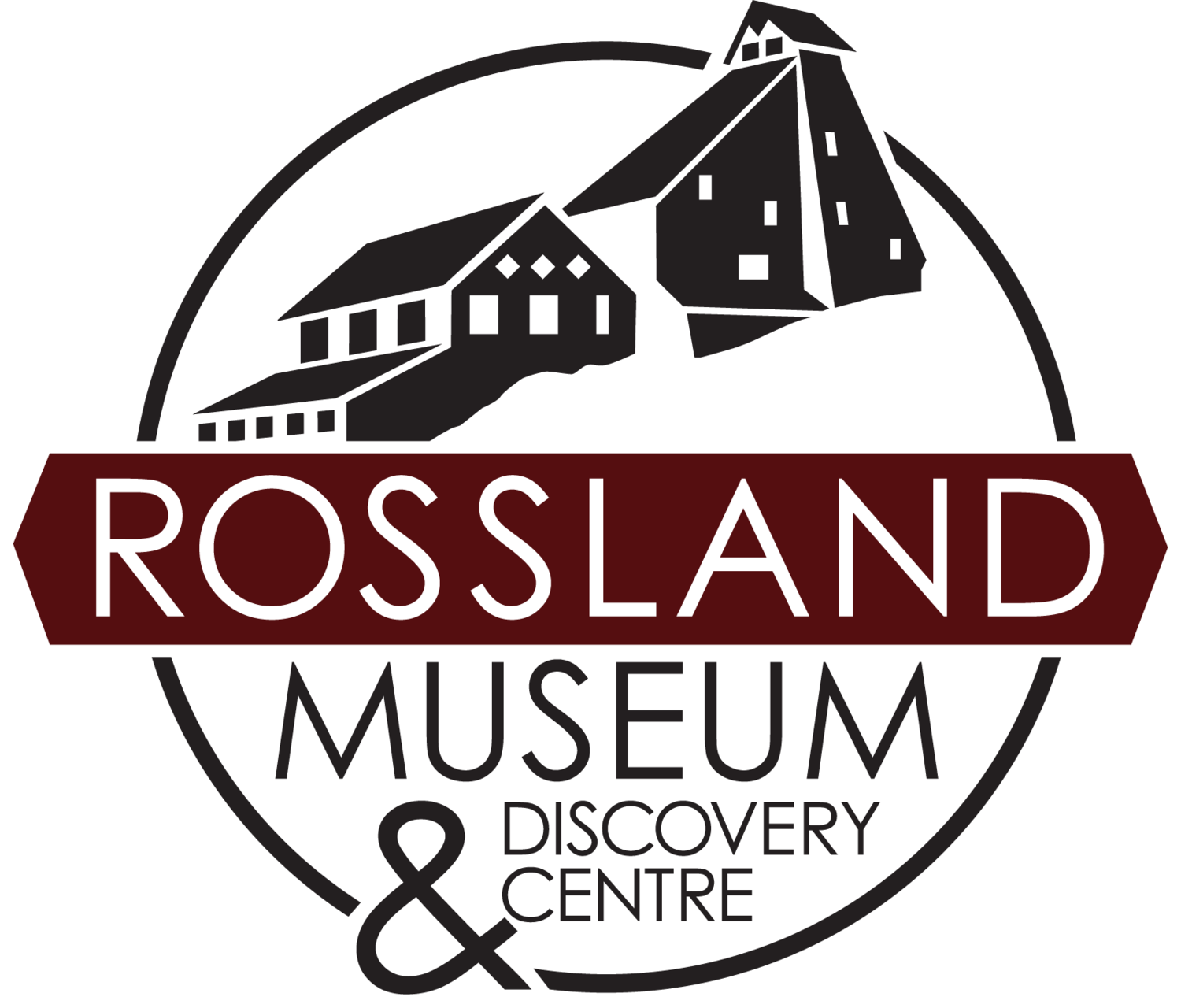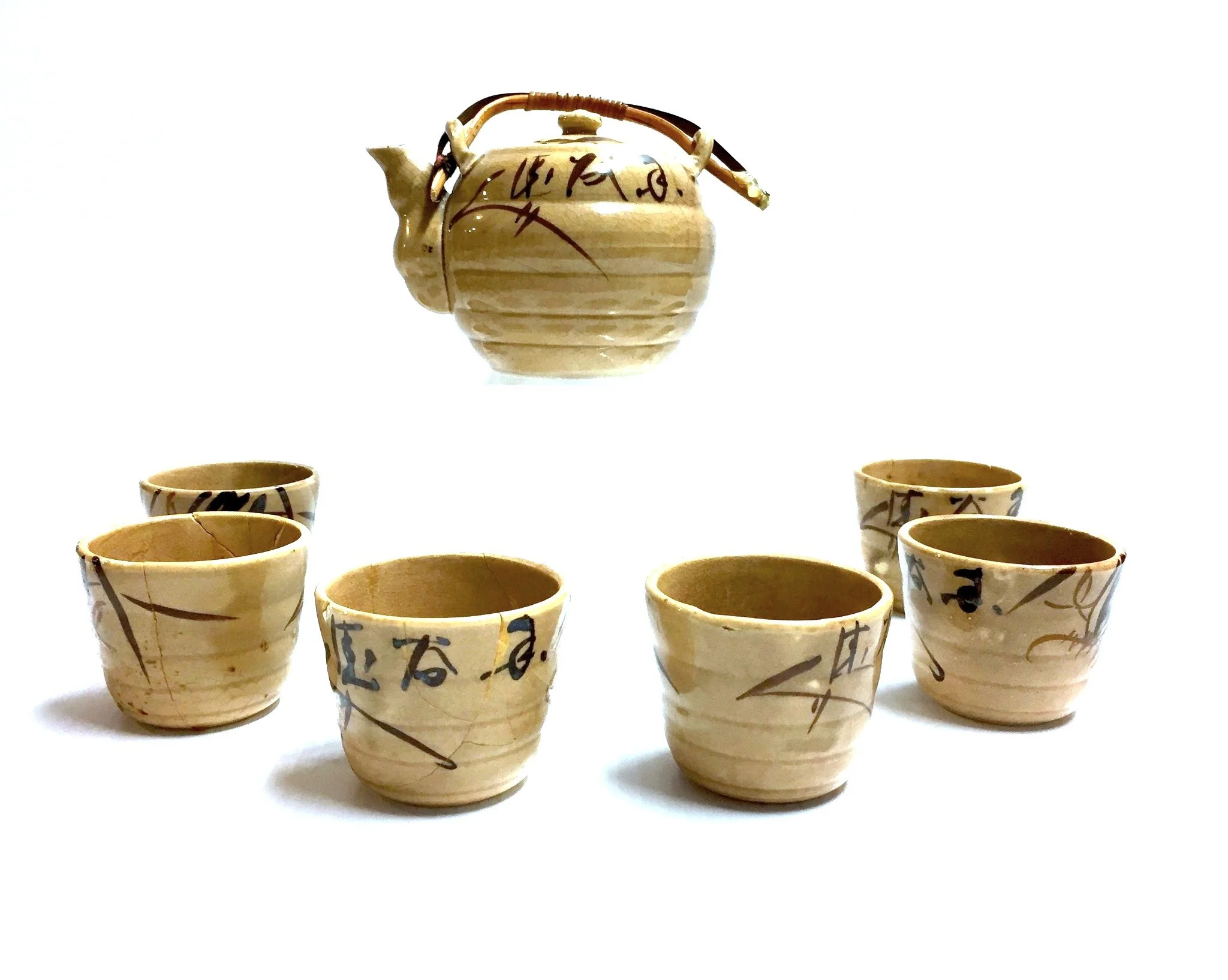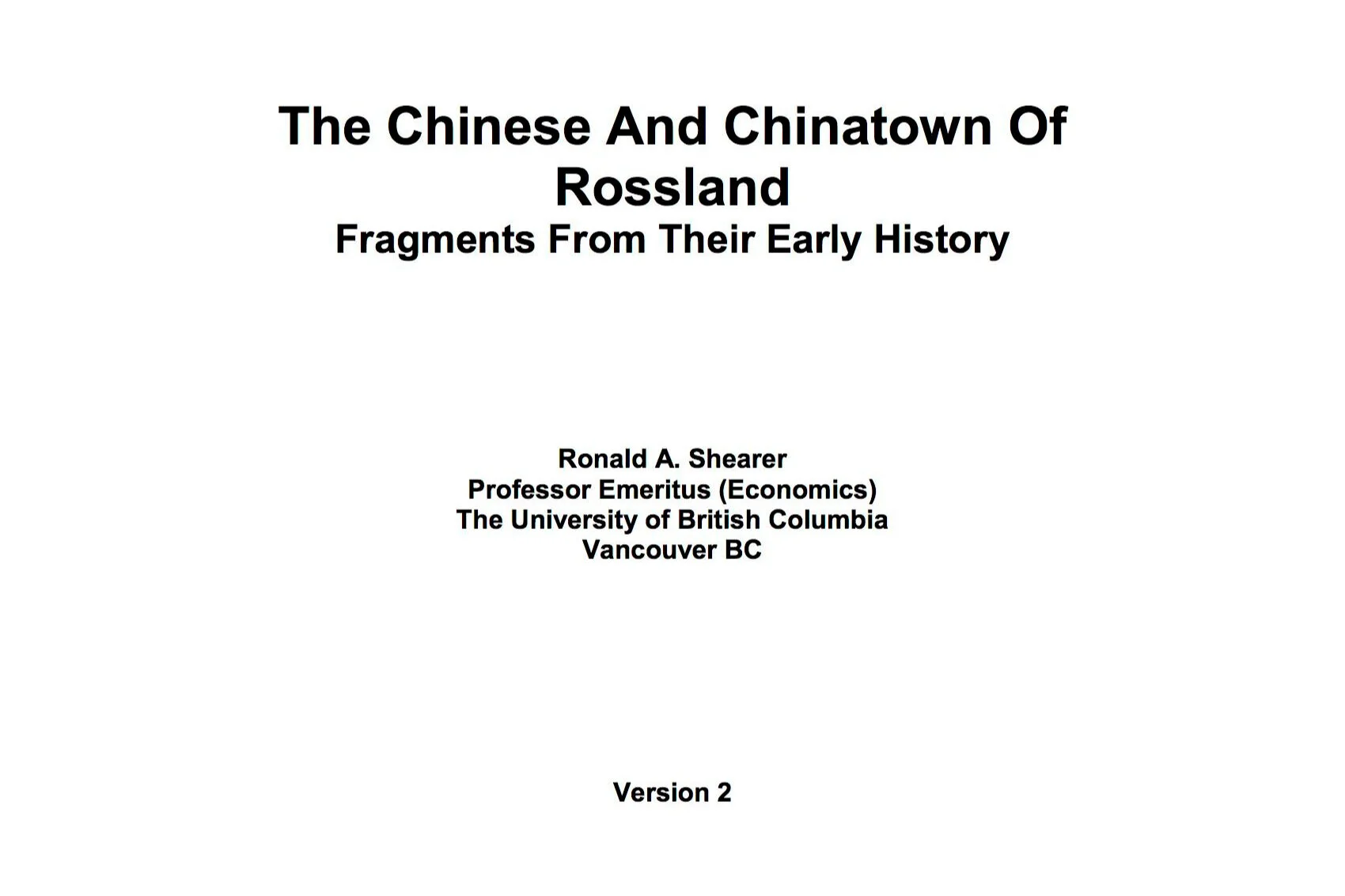Chinese People in Early Rossland
The story of Rossland’s early Chinese population is one of discrimination and perseverance, struggle and determination. They worked tirelessly to earn money to send to their families in China, even though in most cases, the Chinese men in Rossland would never see their families again. With the Fraser Canyon and Cariboo gold rushes played out, the lure of gold in the Kootenays drew many miners looking for the next bonanza. The promise of gold and the opportunities a mining town offered were likely the driving force for Chinese migration to Rossland as well. The majority of Chinese men that came to Rossland were not involved in the mining industry, however, they provided much-needed services to the developing town.
** ** + General History More Info
The Chinese Gardens
Historical Name: Chinese Gardens
Common Name: Chinese Gardens
Physical Address: Southern Rossland
Date(s) of Construction: Circa 1898
Common crops included cabbage, beets, tomatoes, potatoes, carrots, peas, and various types of fruit.
While evidence of the Chinese Gardens’ existence is hardly visible, the site remains as an important reminder of Chinese Canadians’ role in the area’s agriculture industry. The gardens were in operation from the 1890’s until the 1950’s.
+ Chinese Gardens More Info
Rossland Miner - May 2nd, 1903.
A visit to the southeastern section of the city, where the Chinese gardens are located, is a revelation to the citizen who has paid no attention to the possibilities of this country from the agricultural standpoint. It is genuinely surprising to note the remarkable results attained by the sons of the Flowery Kingdom in was what regarded as a district of little promise…
[They] have cleared and cultivated an area of 50 or seventy-five acres…
Chinese Masonic Hall
The Chinese Masonic Hall (also referred to as the Chinese Masonic Temple and the Chinese Masonic Lodge) was an important meeting and gathering place for the Chinese people in Rossland. Events such as Christmas dinners were held in the Hall and it was also where Chinese newspapers were ordered in for residents. By the 1930s, the Chinese Masonic Hall was the last remaining building of Rossland’s former Chinatown, which stretched two city blocks. In 1952, the building changed ownership and was torn down.
For Additional Information:
Royal BC Museum Learning Portal
Ron Shearer’s Essay: The Chinese and Chinatown of Rossland - or click the cover page ->
Rossland Heritage Commission Official Heritage Register - Sites: Chinese Gardens Statement of Significance
Heritage BC’s Chinese Canadian Historic Places Interactive Map (Rossland-specific link)
Michael Ripmeester’s Article in The Mining History Journal (1997): Placed on the· Margins: The Idea of Chinatown In Rossland, British Columbia, 1890-1902
Continue the Indoor Tour:
Contribute your own memories/experiences of Chinese History or the Chinese Gardens:
The form below will email us your message. If you prefer to speak to us directly or have other questions or comments about this page, please call (250) 362-7722 or email the archives directly at archives@rosslandmuseum.ca






